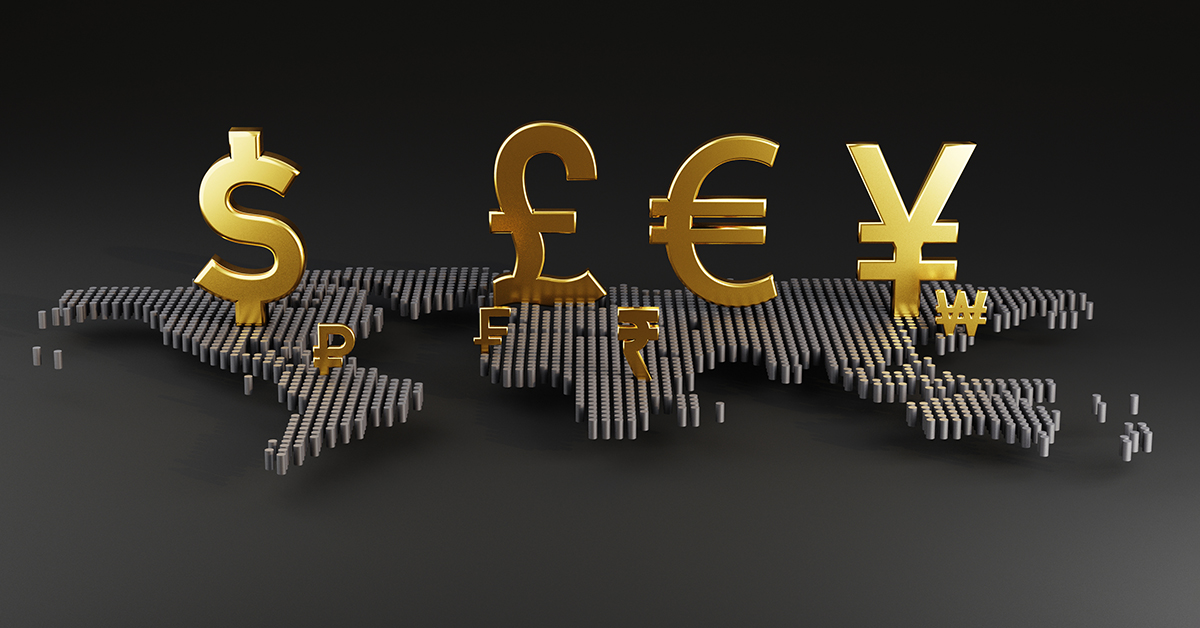
Understanding Forex Trading: The Dynamics of the Foreign Exchange Market
The Foreign Exchange Market, commonly referred to as Forex or FX, is one of the most exciting and dynamic financial markets in the world. With a daily trading volume that exceeds $6 trillion, Forex trading offers vast opportunities for individuals and institutions alike. The market is characterized by its 24-hour availability, high liquidity, and the ability to trade in large volumes with leverage. For those looking to expand their trading knowledge and skills, forex trading foreign exchange market https://trading-asia.com/ is a valuable resource for insights and tools.
What is Forex Trading?
Forex trading involves the buying and selling of currency pairs. Unlike traditional stock markets, where shares of companies are traded, Forex trading focuses on currency exchanges. Each transaction in the Forex market occurs between two currencies, known as the base currency and the quote currency. For example, in the currency pair EUR/USD, the Euro (EUR) is the base currency, and the US Dollar (USD) is the quote currency. Traders speculate on the value of one currency against another, aiming to profit from changes in the exchange rates.
The Structure of the Forex Market
The Forex market is uniquely decentralized. It does not have a physical location or a central exchange. Instead, it operates through a global network of banks, dealers, brokers, and individual traders who communicate through electronic trading platforms. The Forex market runs 24 hours a day, five days a week, with major trading sessions centered around significant financial hubs like London, New York, Tokyo, and Sydney. This 24-hour nature allows traders from all over the world to participate at any time, making it one of the most accessible markets.
Major Currency Pairs
In Forex trading, currencies are traded in pairs. The most commonly traded pairs are referred to as major pairs and typically include the US Dollar. Some examples of major currency pairs include:
- EUR/USD – Euro / US Dollar
- USD/JPY – US Dollar / Japanese Yen
- GBP/USD – British Pound / US Dollar
- AUD/USD – Australian Dollar / US Dollar
These pairs tend to have higher liquidity and tighter spreads compared to minor or exotic pairs, making them more attractive for traders.
Understanding Forex Quotes
Forex quotes indicate the value of one currency against another. They are presented in two formats: direct and indirect quotes. A direct quote expresses the amount of domestic currency needed to purchase one unit of foreign currency. For instance, if the EUR/USD quote is 1.1800, it signifies that 1 Euro can be exchanged for 1.18 US Dollars. Indirect quotes express the amount of foreign currency required to purchase one unit of domestic currency. Knowledge of how to read and interpret quotes is essential for successful trading.

Factors Affecting Forex Prices
Various factors influence currency values in Forex trading. Understanding these factors can help traders make informed decisions. Some of the key factors include:
- Economic Indicators: Reports such as GDP, employment rates, and consumer confidence drastically affect market sentiment.
- Interest Rates: Central banks set interest rates, which have a significant impact on currency values. Higher interest rates offer lenders a higher return relative to other countries.
- Political Stability: Countries with stable governments and robust economies are more attractive to foreign investors and typically see stronger currencies.
- Market Sentiment: Traders’ perceptions, news, and global events can cause swift changes in market prices.
Trading Strategies
Developing an effective trading strategy is crucial for success in Forex trading. Traders may adopt various approaches, including:
- Scalping: This involves making numerous trades over short periods, aiming to achieve small profits quickly.
- Day Trading: Day traders open and close trades within the same day, capitalizing on intraday price movements.
- Swing Trading: Traders hold positions for several days or weeks, focusing on overall market trends and potential reversals.
- Position Trading: This long-term strategy involves holding positions for an extended period, often based on fundamental analysis.
Risks in Forex Trading
While Forex trading presents enormous potential for profit, it also involves significant risks. Understanding and managing these risks is vital for any trader. Some common risks include:
- Market Risk: Sudden price fluctuations can lead to losses.
- Leverage Risk: Although leverage can amplify profits, it can also increase losses, leading to a margin call.
- Liquidity Risk: In volatile markets, there may be insufficient buyers or sellers to execute trades at desired prices.
Traders should employ risk management strategies, such as setting stop-loss orders and properly sizing their trades, to mitigate these risks.
The Role of Technology in Forex Trading
Advancements in technology have transformed Forex trading. The emergence of online trading platforms has made it easier for individuals to participate in the market. These platforms provide real-time data, charting tools, and risk management features that help traders make informed decisions. Additionally, algorithmic trading and artificial intelligence are increasingly being utilized, enabling traders to execute complex strategies automatically.
Conclusion
Forex trading opens up a world of opportunities for traders to engage in the global financial marketplace. Understanding the operational mechanics of the foreign exchange market, mastering its complexities, and developing sound trading strategies are crucial for success. As with any financial venture, diligent research, and continuous learning can significantly enhance trading outcomes.
For those eager to dive deeper into Forex trading, resources and education are plentiful. Keep informed, stay disciplined, and participate actively while acknowledging the risks involved.



No Comments
Leave Comment